Mike MacKeldey
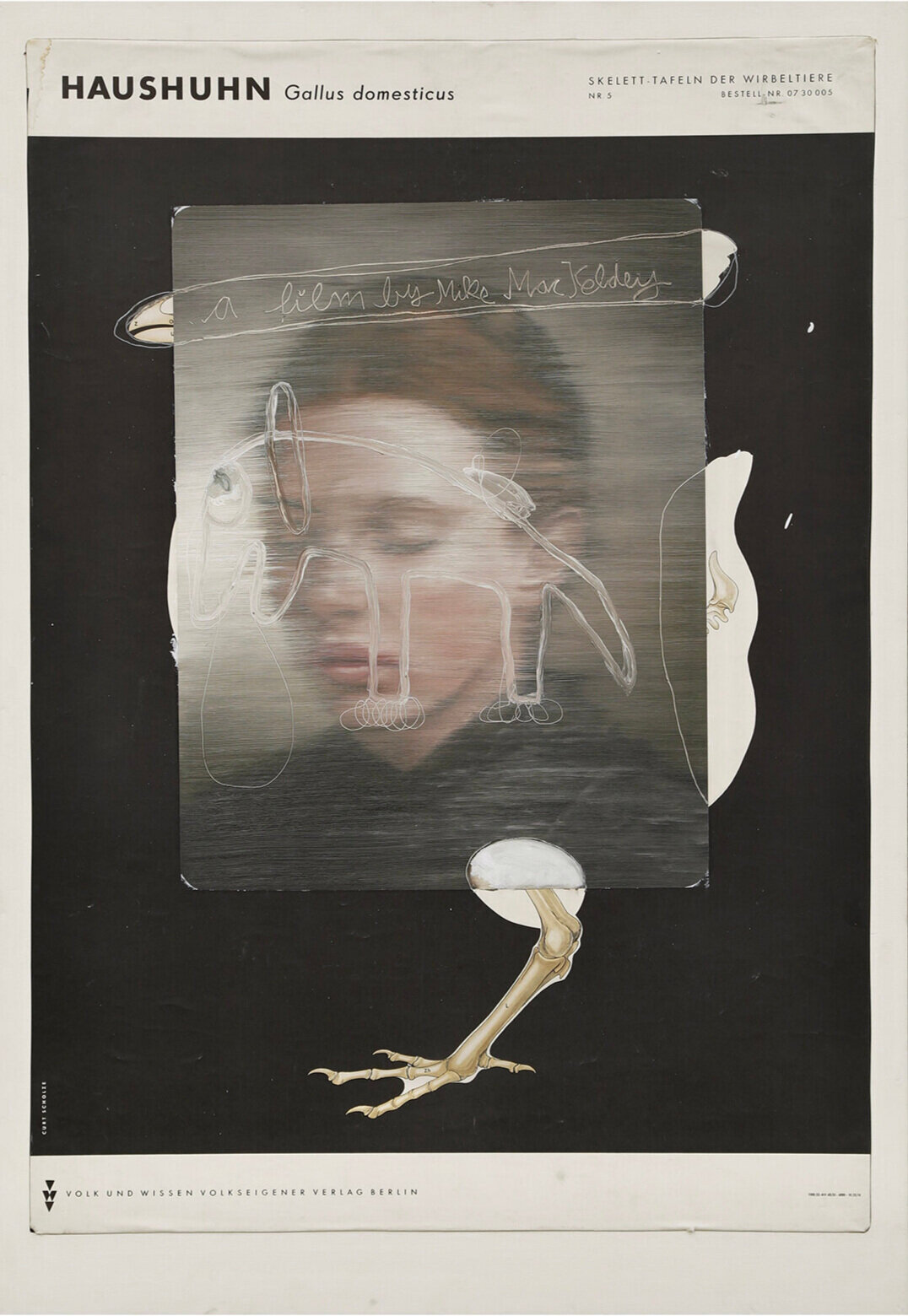
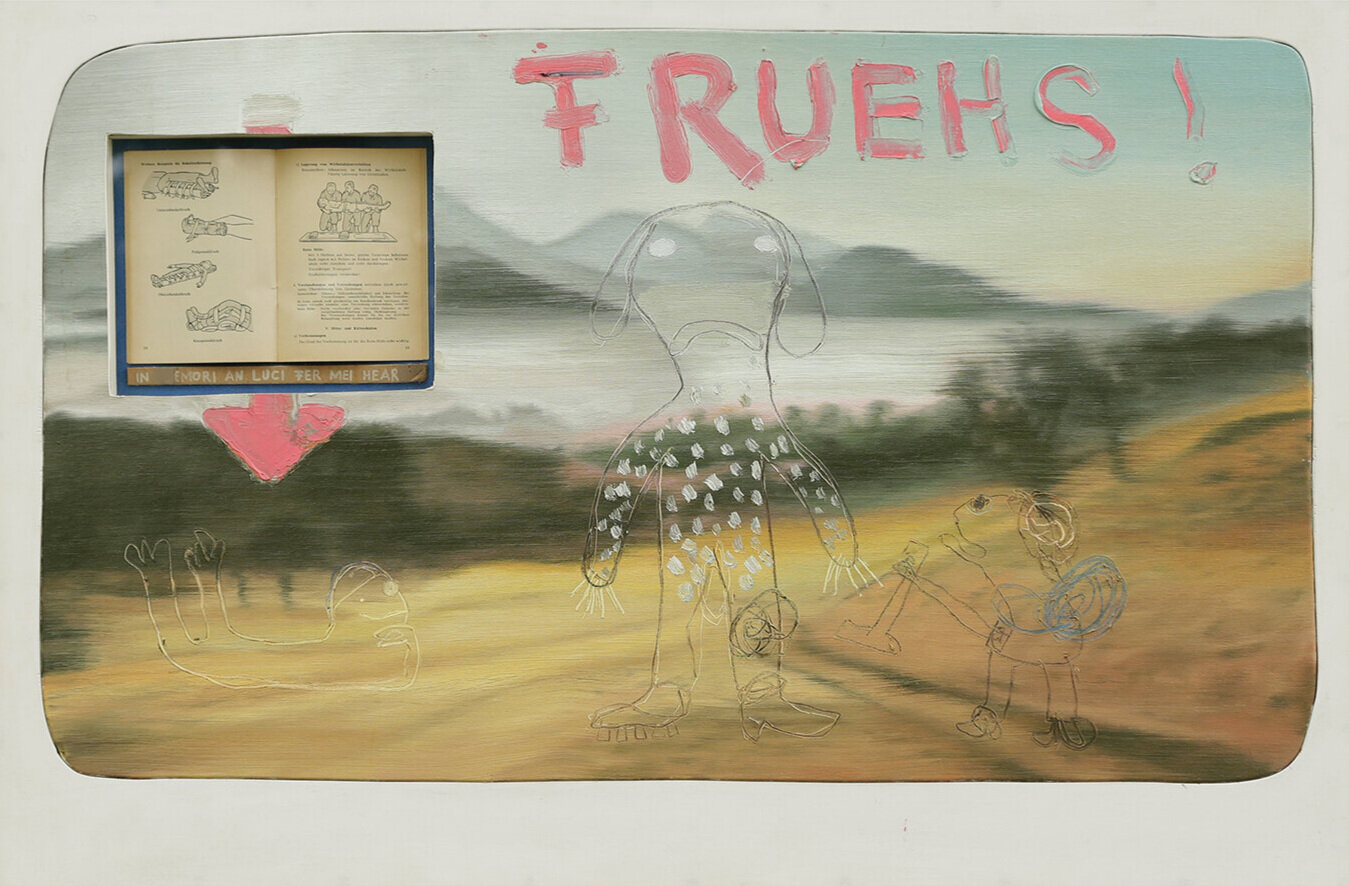
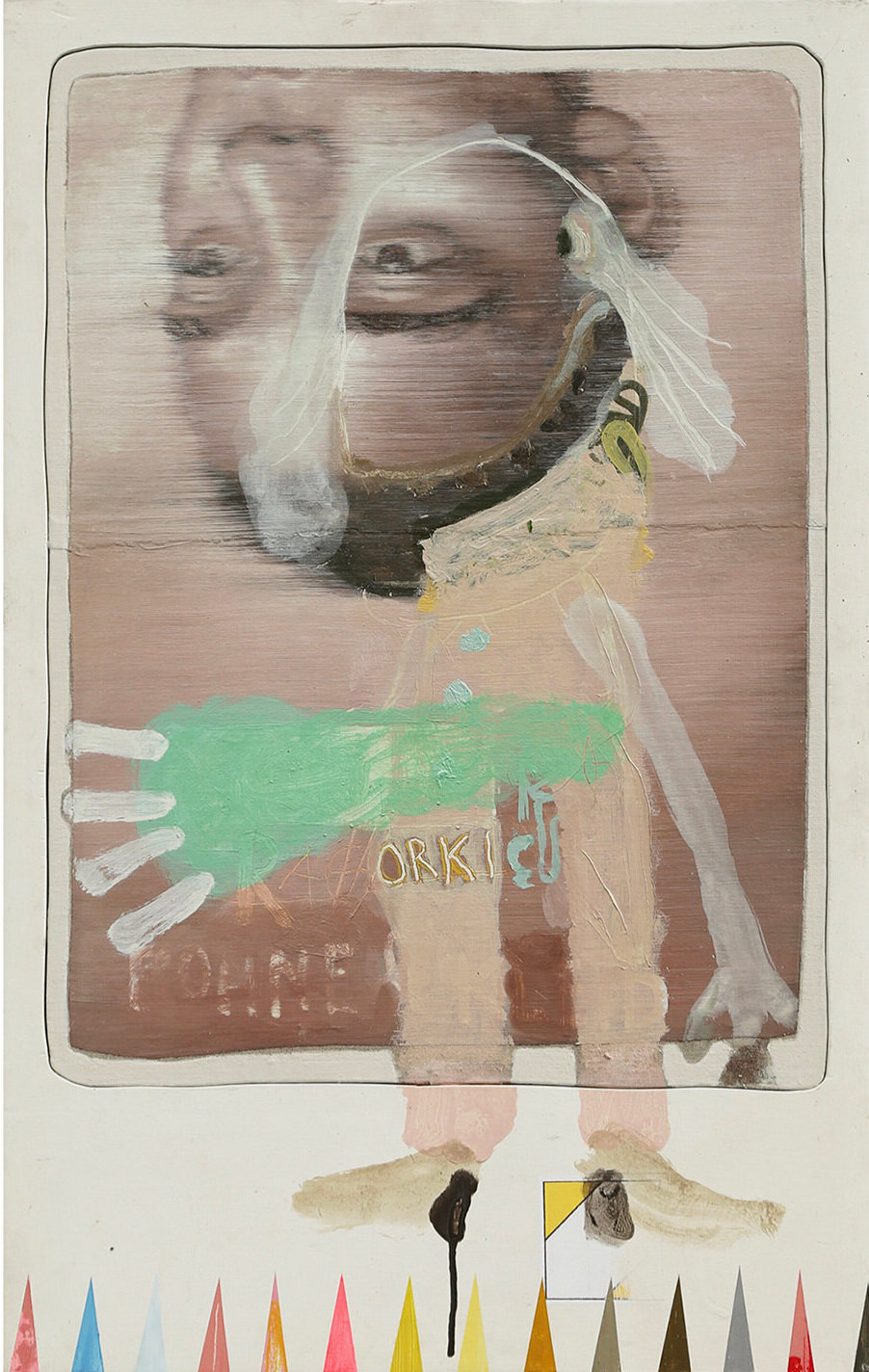
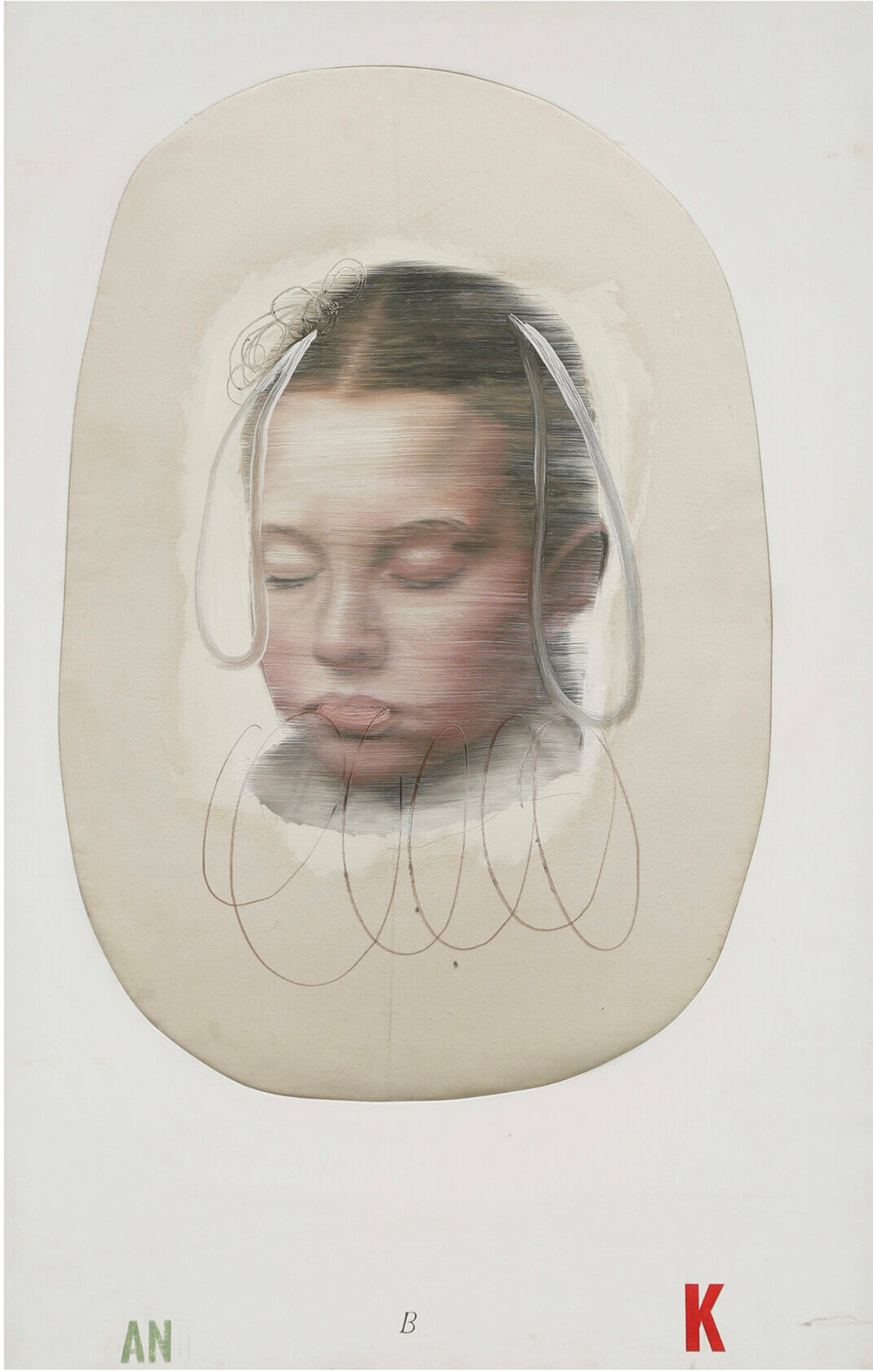
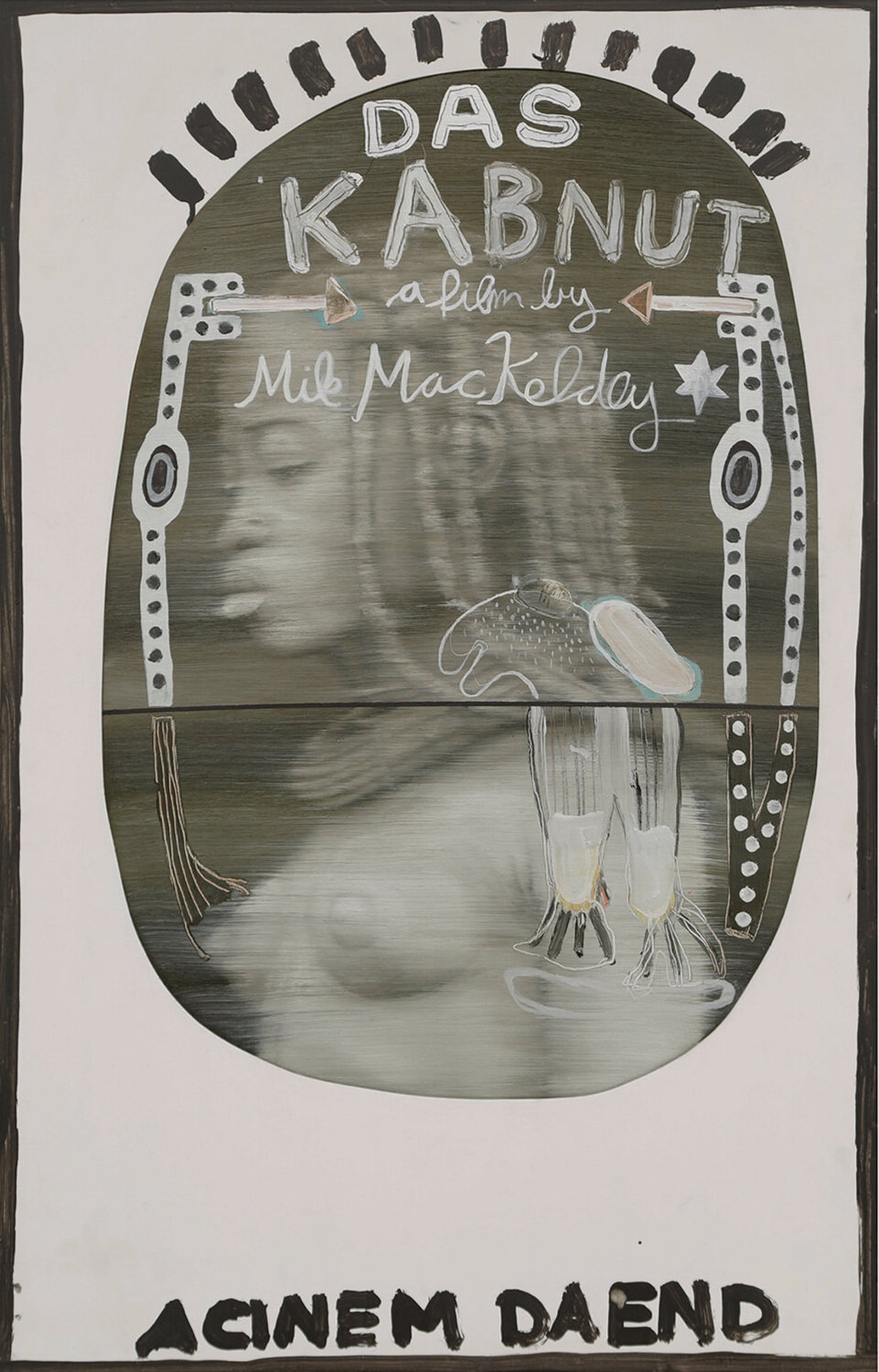
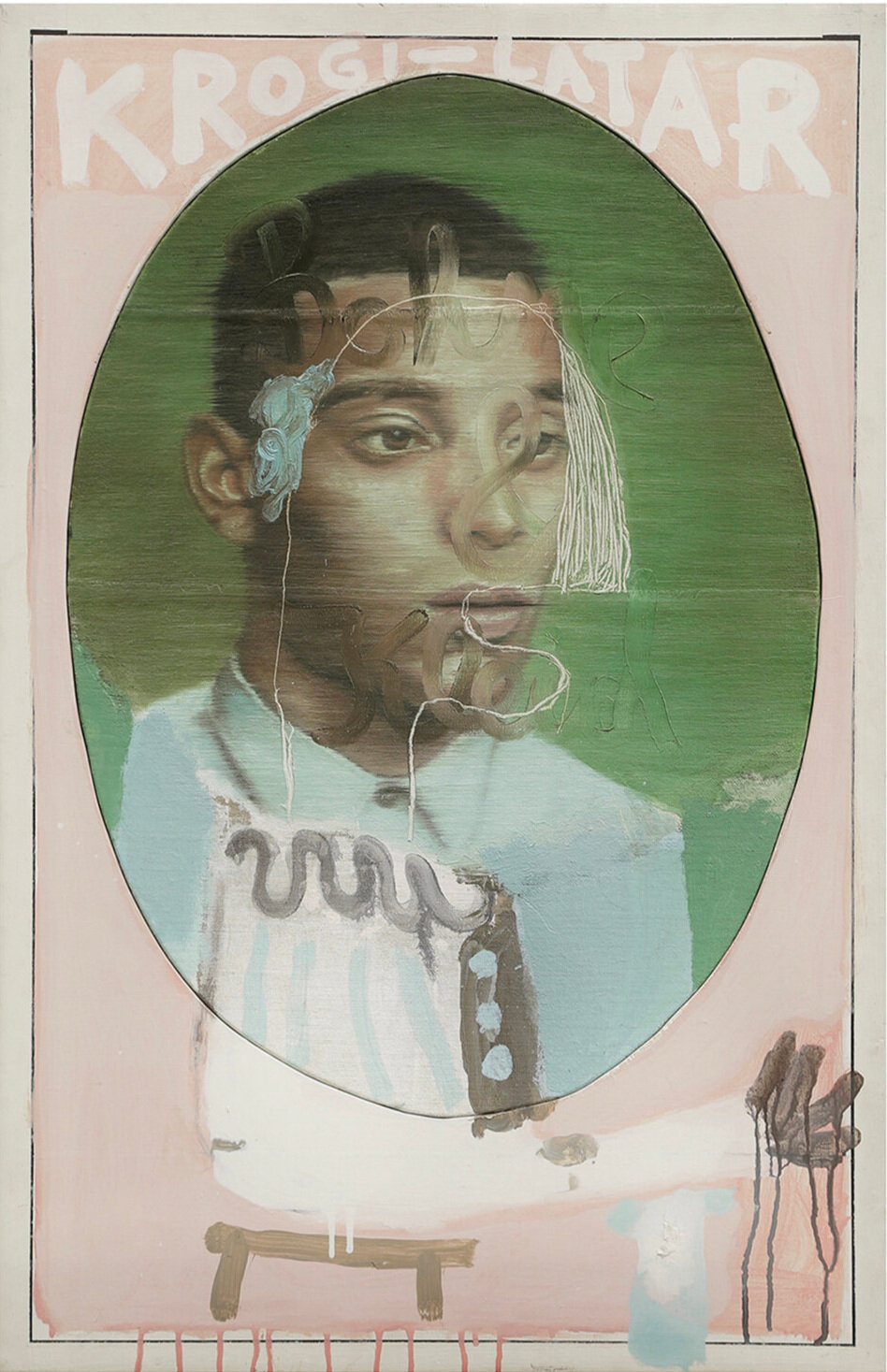
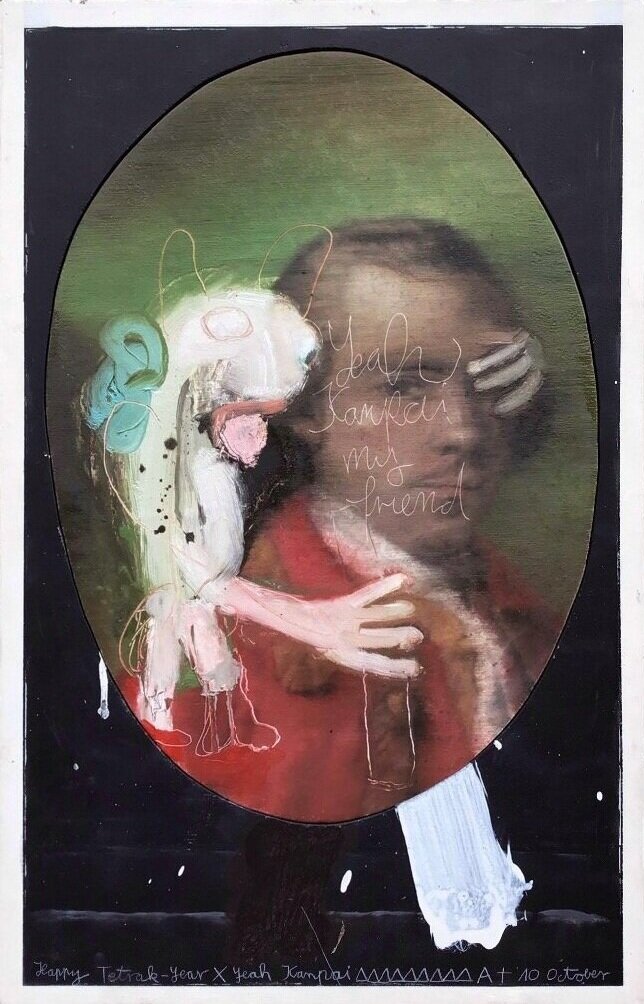
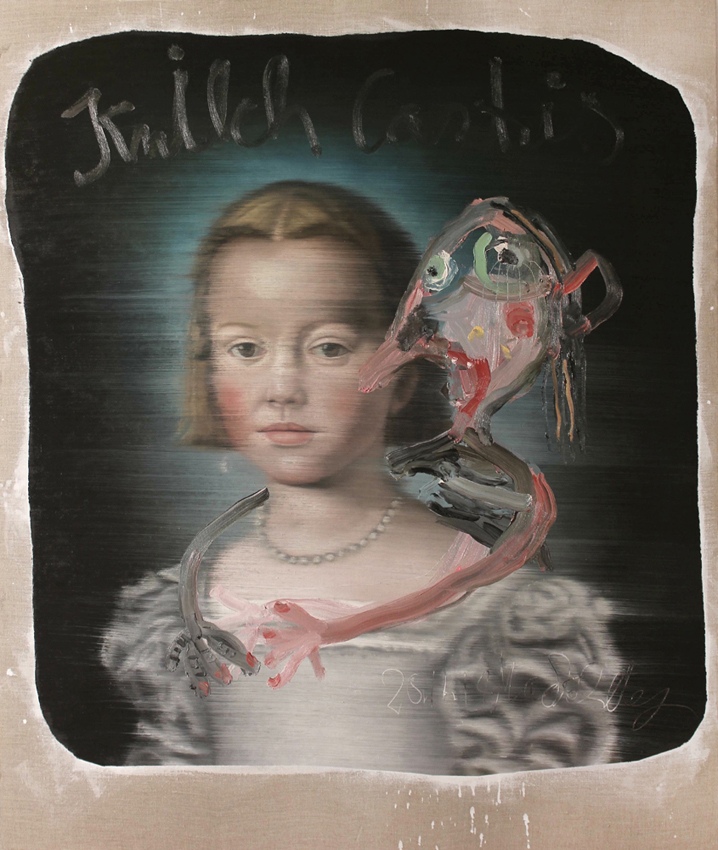
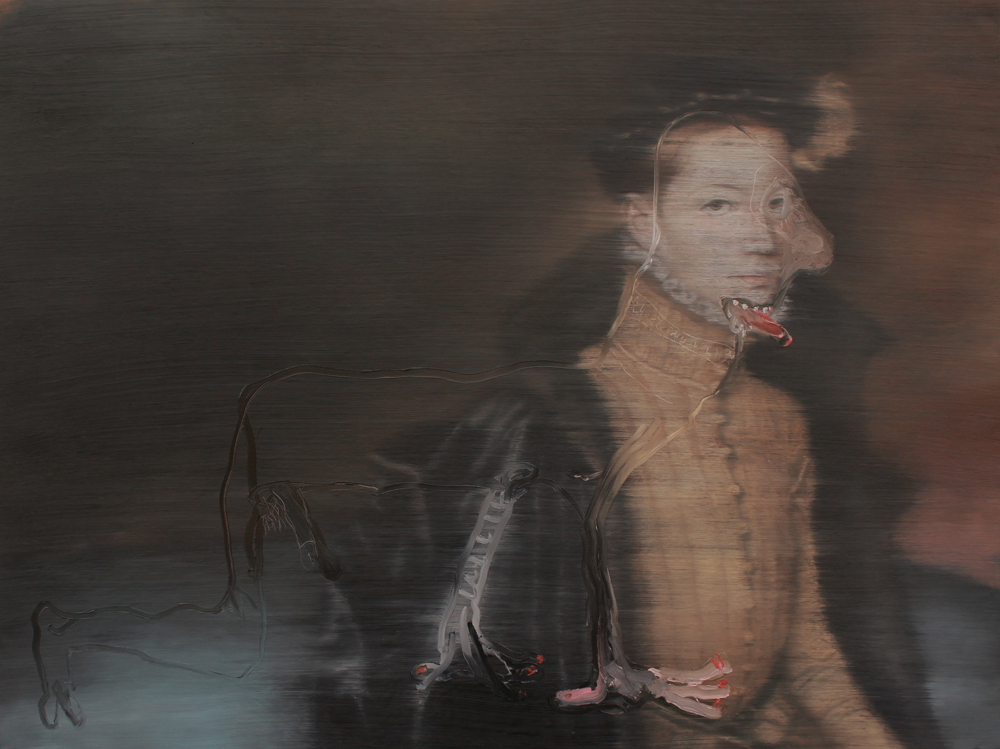
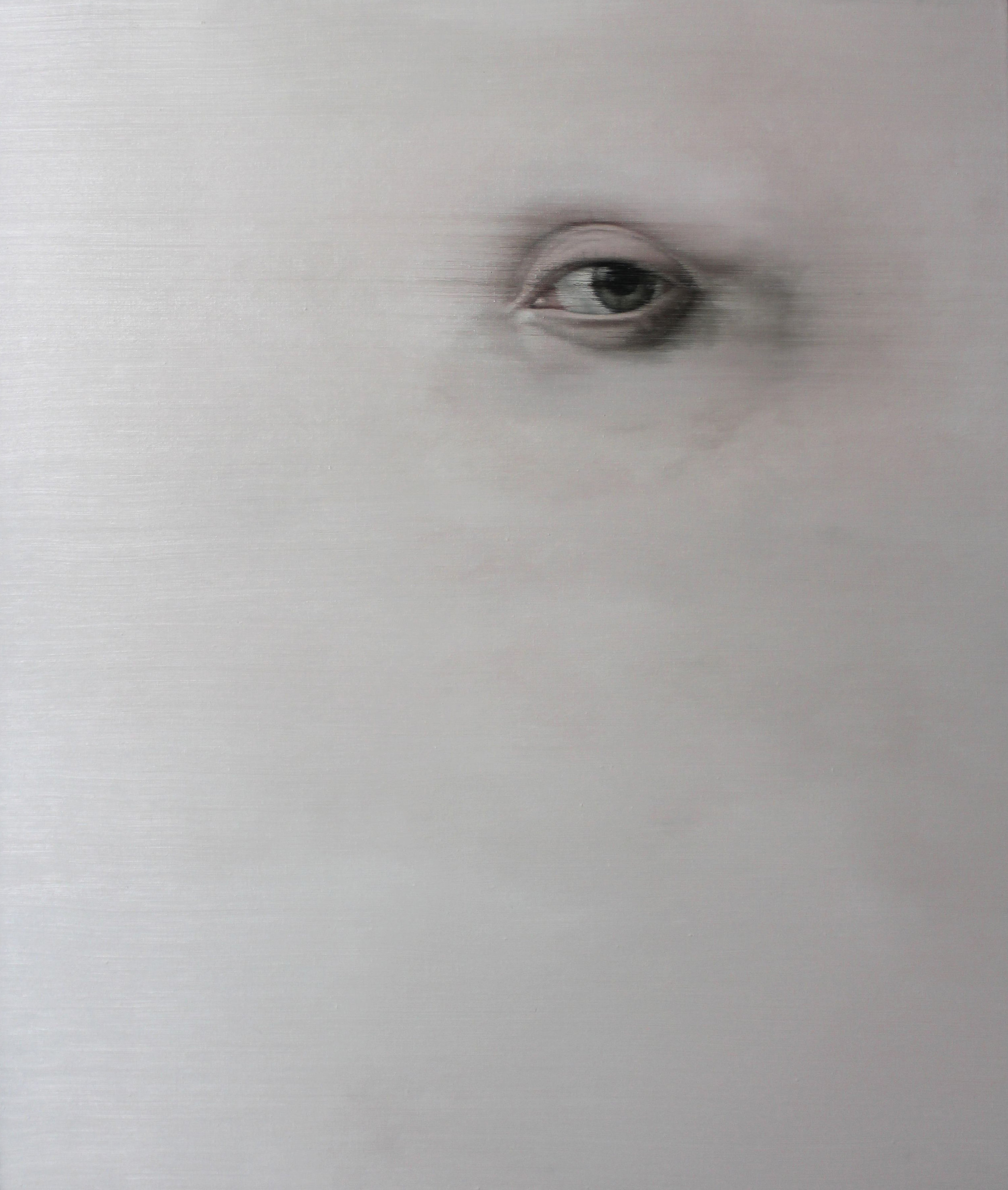
Mike MacKeldey (né en 1973, à Francfort, DE) réexplore avec aplomb le genre de la peinture de portraits. Loin de vouloir produire des œuvres au rendu réaliste ou idéalisé, MacKeldey bouscule la tradition à l’aide de formes gestuelles et de recherches abstraites toutes en matière. Multipliant les interventions sur la toile, il vient brosser, estomper la première image méticuleusement peinte avant d’y superposer une seconde écriture, brusque et immédiate, qui évoque les dessins d’enfants. Ce jeu de contrastes, qui est sa marque de fabrique, semble traduire une prise de distance avec la peinture même, ainsi qu’un humour noir et grinçant.
« (…) il y a des gravures nerveuses, folles, faites dans le gras de l’huile brossée, jusqu’au cru de la toile, par la main d’un maniaque sans doute. Il y a aussi, a contrario, de la pâte étalée grassement, grossièrement, graphiquement, par-dessus (dans) la moire précieuse, primitive. Ce contraste entre élégance et malpropreté fonctionne à plein, il est saisissant. (…) il y a de l’écriture, beaucoup d’écriture. D’abord l’écriture gravée, l’écriture à la clé sur la carrosserie du tableau. L’écriture méchante, envieuse, l’écriture de l’ouvrier éreinté qui traîne sur les grands boulevards et raye une vague rageuse sur le flan d’une Lamborghini magnifique, mal garée, insupportable. Puis il y a l’écriture enfantine, l’écriture en bâton, l’écriture crémeuse qui salit mais qui soigne. L’écriture Nivea et son long charabia attendrissant. Il y a l’ouverture forcée de la bouche. Il y a les deux regards superposés, le réaliste et le possédé, le regard dément, qui déforme tout et le regard perçant, qui transparaît. Peinture punk.» (Marc Molk)
Mike MacKeldey (b. 1973, Francfurt, DE) renews the genre of portrait painting with audace. Far from trying to produce bland or idealized artworks, he shoves tradition thanks to material-loaded pictorial gestures. Multiplying interventions on the canvas, he brushes and alters his meticulously painted first image, before placing several writings on top of it – brusque and immediate ones, reminiscent of graffitis or children’s drawings. This play of contrast, which is his trademark, seems to translate a sort of detachment from Painting itself, and offers multiple interpretation grids to the viewer.
“(...) there are nervous, crazy engravings, made in the fat of brushed oil, down to the raw state of the canvas, by the hand of a maniac no doubt. There is also, on the other hand, paste spread out fatly, roughly, graphically, over (in) the precious, primitive moire. This contrast between elegance and uncleanliness works to the full, it is striking. (…) there is writing, a lot of writing. First of all the engraved writing, the writing on the body of the painting. The wicked, envious writing, the writing of the exhausted worker who hangs out on the main boulevards and scratches a raging wave on the side of a magnificent Lamborghini, badly parked, unbearable. Then there is the childish writing, the stick writing, the creamy writing which dirties but heals. The Nivea writing and its long, touching gibberish. There is the forced opening of the mouth. There are the two superimposed glances, the realist and the possessed, the demented look, which distorts everything and the piercing look, which transpires. Punk painting.” (Marc Molk)
